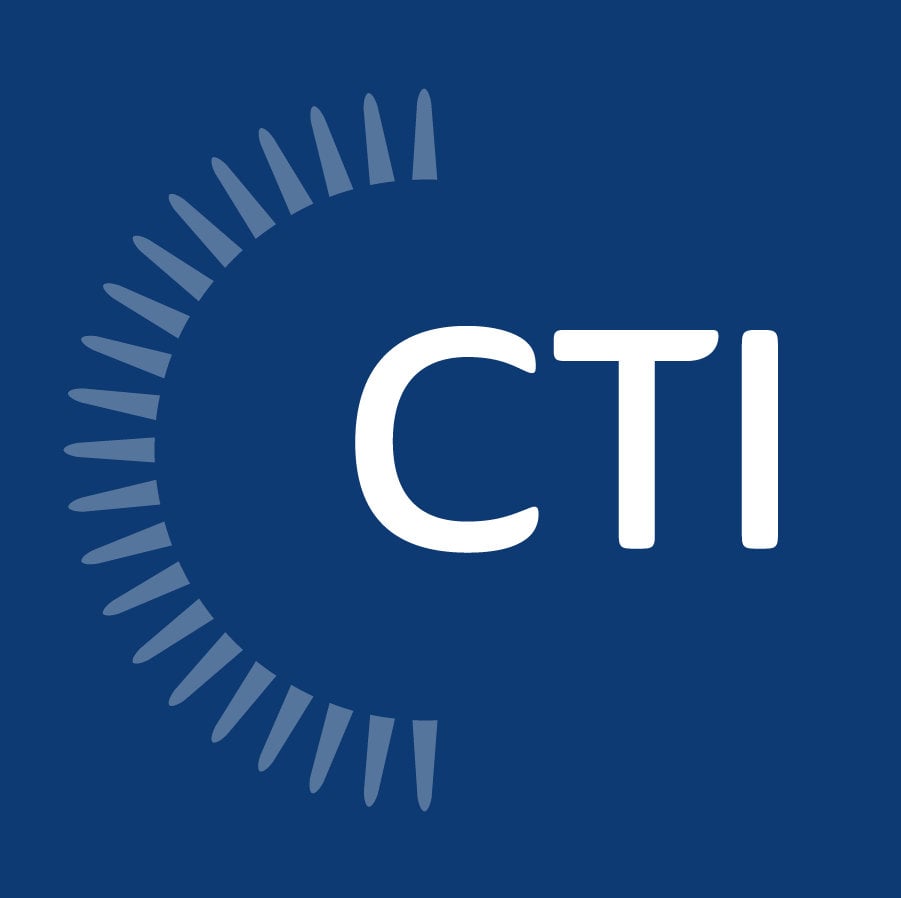
Signed into law by President Biden in August of 2022, the Inflation Reduction Act (IRA) is intended to lower inflation by investing in various areas that will facilitate growth, promote jobs, and strengthen the American economy.
Targeted to help small businesses, the IRA contains provisions that will help lower health care expenses, cut energy costs to help combat the climate crisis, reduce the overall deficit, and lower prescription drug costs for seniors. The IRA’s overall goal is to expand economic opportunities that will help create new and well-paying jobs across America. The biggest means to capturing each of these benefits are within the IRA’s revenue-generating provisions, including additional funding to the IRS for more efficient processing and enforcement.
Learn More: The Inflation Reduction Act Has Passed - What You Need to Know! |
For taxpayers, it is noteworthy to mention several provisions that could provide tax savings, each geared towards promoting small business ventures. One example provision includes an increase in the Research and Development (R&D) credit allowance that can be applied towards payroll taxes for a qualified small business (QSB).
R&D Payroll Tax Credit
To promote innovation within small businesses and specifically start-up companies, Congress created a provision within the Protecting Americans from Tax Hikes (PATH) Act of 2015 that incentivized and allowed QSBs to benefit from R&D efforts even if they were not yet profitable, and thus not generating income tax liability.
To be eligible for this benefit, the PATH Act defines a QSB as any company with (i) no more than 5 tax years of revenue and (ii) less than $5 million of revenue in the current tax year of qualified research activities and expenses.
An eligible QSB conducting qualified R&D activity can make an election on Form 6765 of its originally filed federal income tax return to apply up to $250,000 of R&D tax credit towards the employer’s portion of Social Security payroll tax liability.
Increase in R&D Credit Allowance for Small Businesses
For any taxable year beginning after December 31, 2022, the IRA’s provision increases the credit allowance to provide up to $500,000 toward payroll tax liability.
However, it is important to note that while the first $250,000 can be applied to Social Security payroll tax liability per the original PATH Act provision, the additional $250,000 can only be applied against Medicare payroll tax liability. Since the Medicare tax rate of 1.45% is far lower than the Social Security tax rate of 6.2%, it may prove more difficult for businesses to utilize these additional credits against available payroll tax liability as quickly, especially for start-ups that rely more on contract research, while they strive towards profitability. In spite of this nuance towards the credit application, the increase in R&D tax credit allowance is an opportunity for small businesses to focus on further research as they gear up business.
Get advice from a CTI Tax Professional now to maximize not only your R&D tax credit opportunities, but also the best avenues to apply the credit for maximum tax savings.



